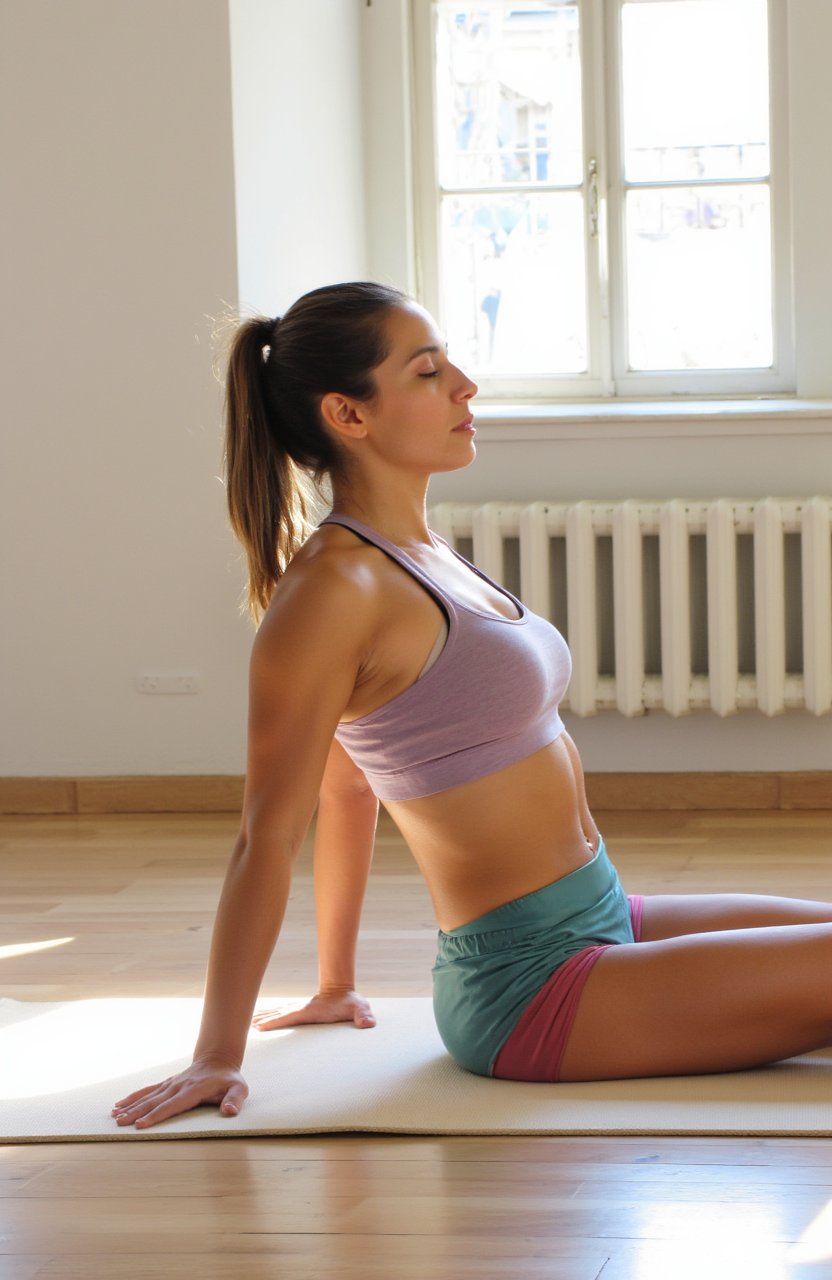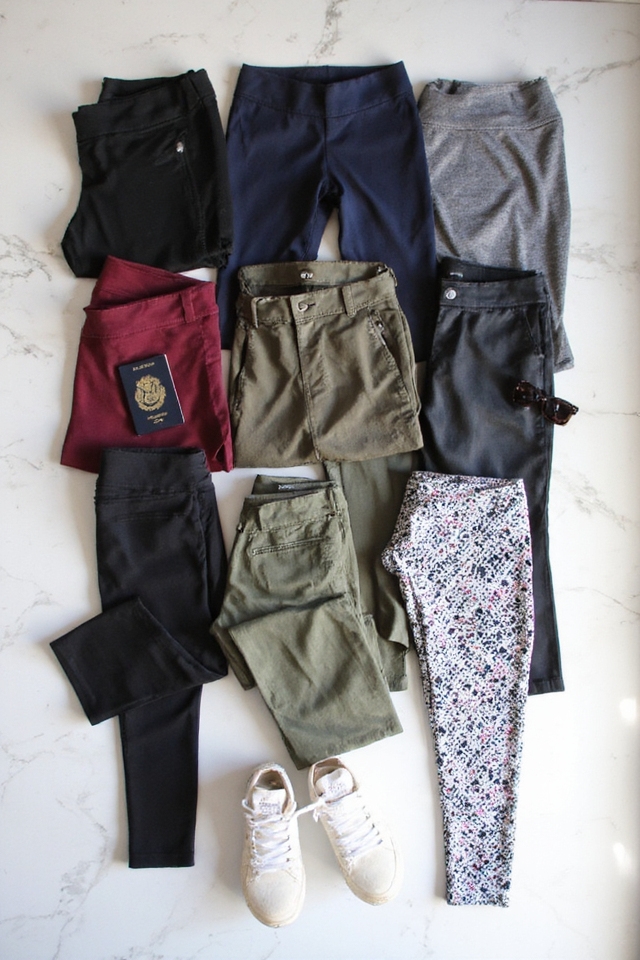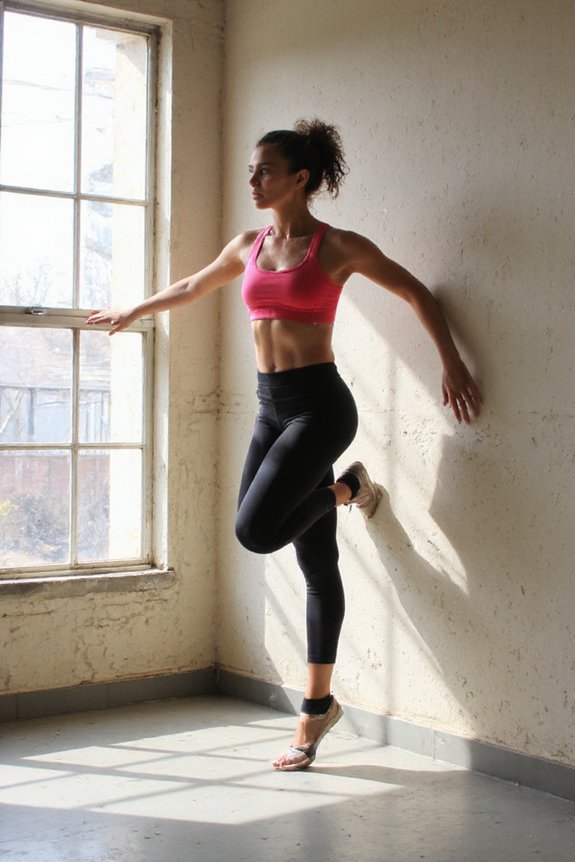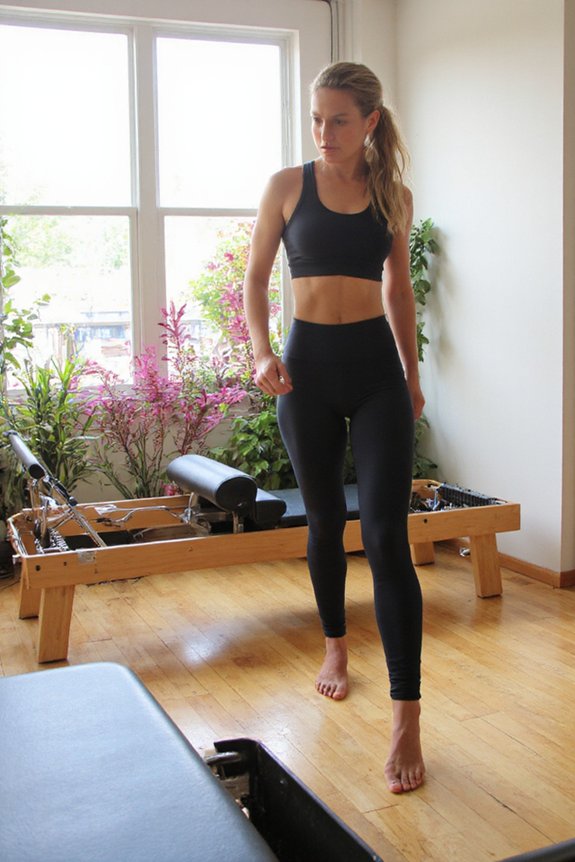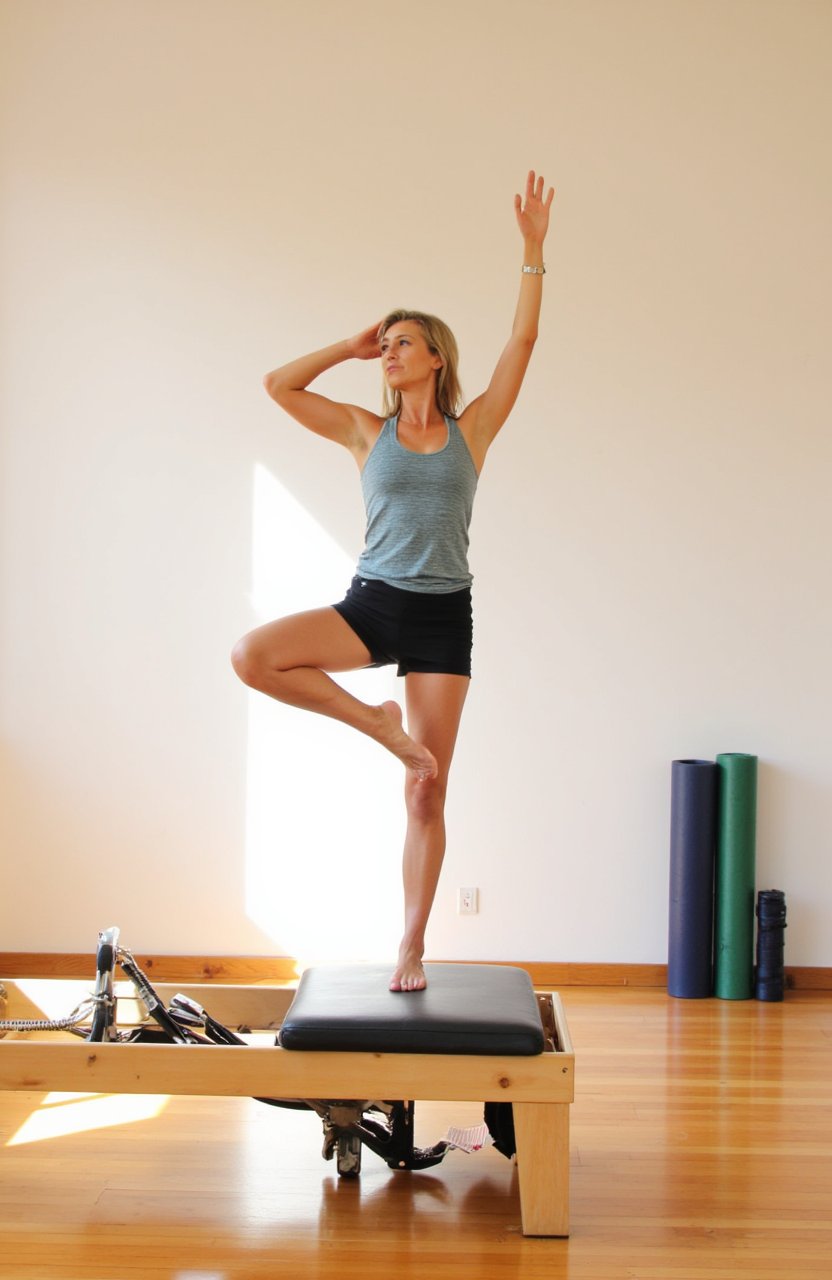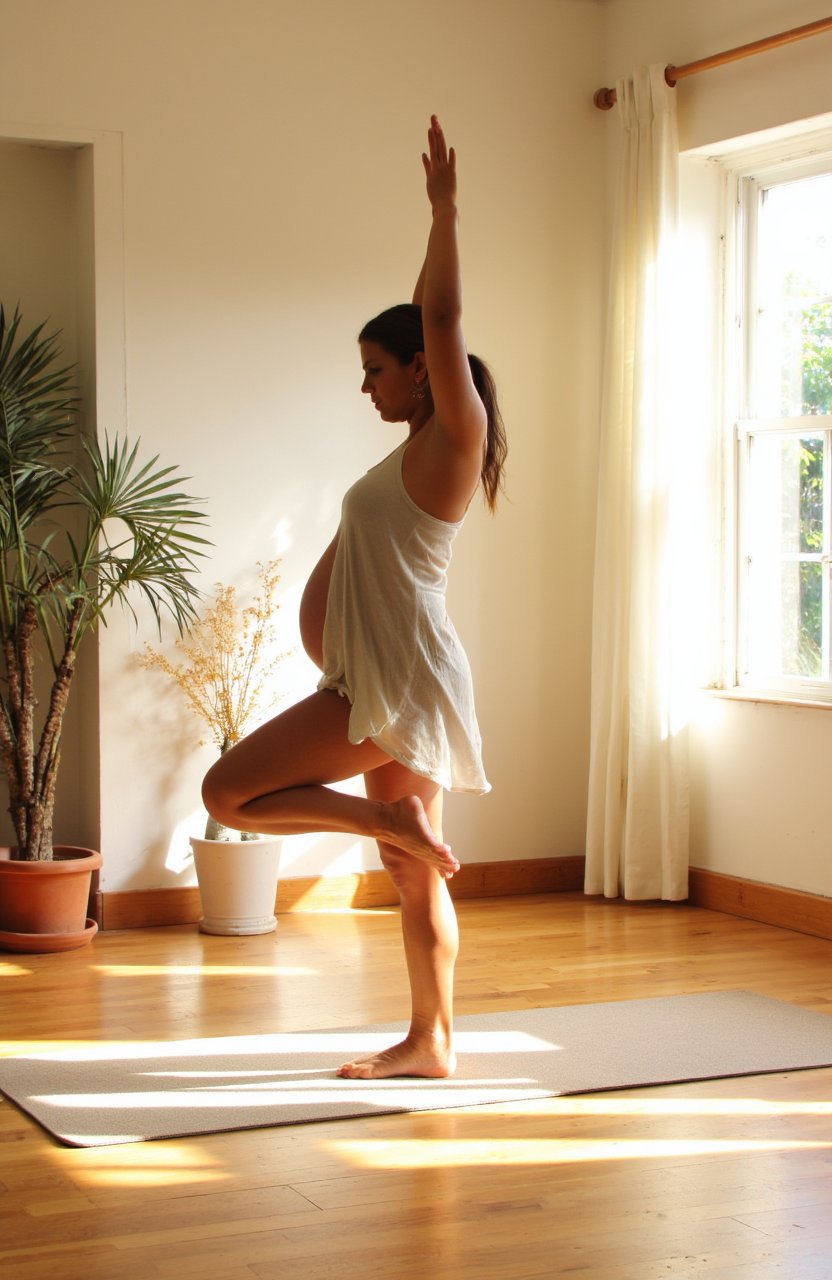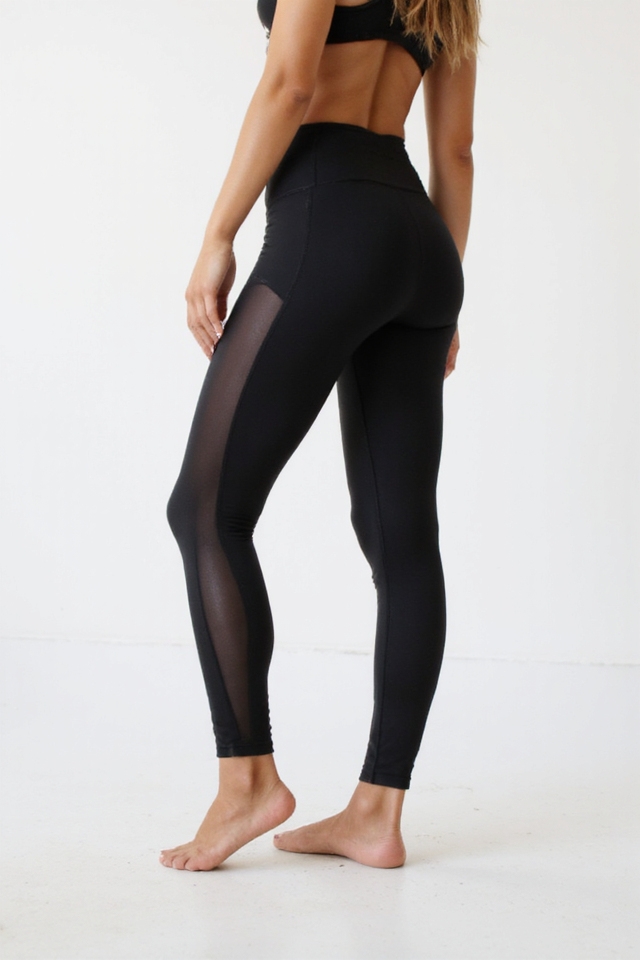When you immerse yourself in Pilates, mastering your breathing techniques is just as vital as perfecting your form. It may seem simple, but understanding how to breathe can enhance your practice and transform your core strength. You start with basic breathing, inhaling through your nose. Picture your rib cage expanding, filling with air as your hands guide the process. Then, exhale through your nose, letting your rib cage compress. This technique engages your respiratory muscles and stabilizes your abdominals, setting a solid foundation for your Pilates journey.
Next, you’ll want to explore lateral breathing. Imagine your rib cage expanding like an accordion during inhalation. This method promotes deep engagement of your core muscles, specifically targeting the transverse abdominis. As you breathe laterally, you’ll notice improved posture and greater core stability, making every movement feel more controlled and powerful. Breathing in deeply engages sides of the body, enhancing this stability.
Explore lateral breathing to enhance core engagement and stability, transforming your movements into powerful, controlled actions.
Have you heard of the Pilates Powerhouse Breath? It’s a game-changer. With this technique, you forcefully exhale through pursed lips, which intensifies your abdominal contraction during challenging movements. Think of exercises like the Hundred or Double Leg Stretch. This breath amplifies your core strength, increasing intra-abdominal pressure and allowing you to tackle even the most demanding moves with confidence.
Rhythmic breathing techniques also play an important role in your practice. By incorporating rhythmic patterns, you can synchronize your breath with your movements. This approach enhances core engagement and stability. For example, during the Hundred, coordinating your breath with arm movements maintains constant activation in your core, ensuring you’re not just going through the motions but truly working your muscles. Lateral style breathing is particularly effective for this synchronization.
Lastly, consider breath-holding patterns. Momentarily suspending your breath during key movement points can greatly boost your core stability and support spinal alignment. This technique enhances overall core activation by temporarily increasing intra-abdominal pressure, especially during exercises like the Teaser or Roll-Up. You’ll feel a newfound strength and control in your movements.
Embracing these Pilates breathing techniques isn’t just about getting through your workout; it’s about transforming how you connect with your body. As you refine your breath, you’ll discover a deeper awareness of your core, empowering you to achieve your fitness goals and elevating your Pilates practice to new heights.
